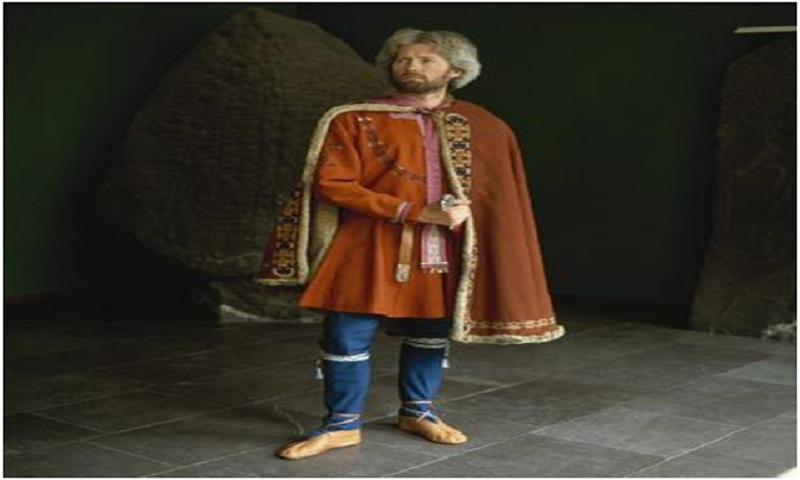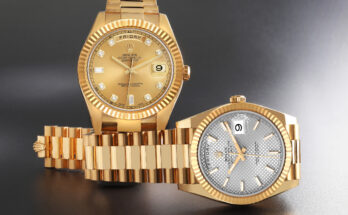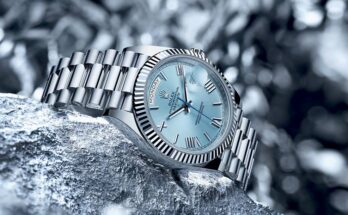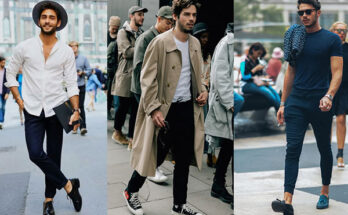In simple terms, the Vikings were men who were farmers, traders, blacksmiths, and craftsmen from Norway, Sweden, and Denmark. They began raiding towns, churches, and monasteries for various causes.
They attacked a lot of places around the coasts since they were the easiest to get to. The Vikings could quickly swarm over the settlements, killing and robbing, and then return to their ships and flee with their swift and easily landed ships. They disappeared before anyone could mount a defense or counter-attack.
Surprisingly, most of the men who became Vikings only did it part-time. A Viking would leave his farm and go raiding when he wasn’t busy farming, planting crops, for example. They frequently returned in time for the harvest.
However, raiding was attractive, and many farmers became full-time pirates and raiders.
The fearless explorers known as Vikings were the first Europeans to reach North America, making them the first Europeans to do so. They settled themselves in Iceland and attempted to invade Greenland. They were also astute and capable merchants and dealers.
They exchanged all of the north’s products — furs, amber, iron, and wood – for all of the south’s goods – silver, gold, silks, and spices. Slaves were traded all along the trading routes by the Vikings.
Let us discuss 5 facts about Viking clothing for men that you might not be knowing.
Aesthetics
There was a hierarchical structure in the Viking Age. Higher-status people, often those with more silver coins, were able to obtain more attractive and high-quality clothing. You would not think Vikings were very concerned with fashion, yet it is claimed to have played a role.
To begin, one would dress to demonstrate their social position. The higher one’s social rank, the better the quality of the clothes and presentation. Second, certain Vikings dressed in a way that appealed to both sexes.
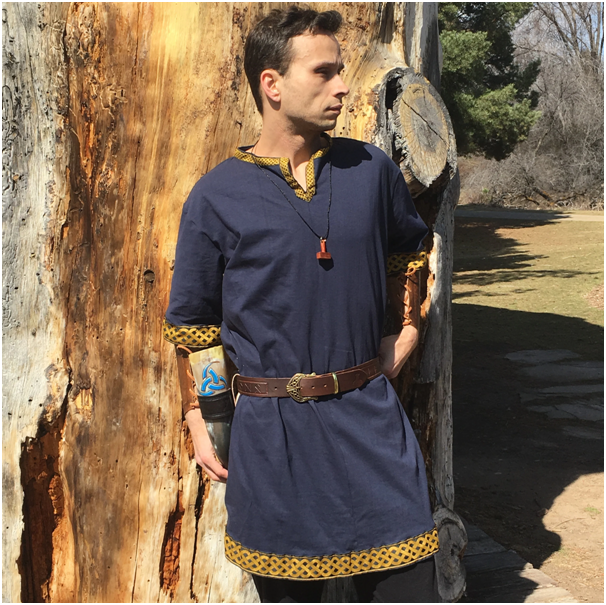
A linen shirt and a woolen tunic called a “kyrtill” were worn by Viking men. The high collar, hem, and cuffs were all embellished with braids made of colored wool. Silk may have been imported by the rich to adorn their tunics.
Viking costumes were different depending on the locale, with some being fairly baggy and others being much tighter. They were made of wool and had no pockets. They were tied together by a belt. Small leather bags or knives, for example, were hung from the belt. Viking males typically used wool or leather caps to complete their ensembles.
Materials And Colours
The clothes of Vikings were handmade out of what was available at the times: wool, linen, leather (for belts and shoes), and animal skins, such as bear, marten, beaver, squirrel, or fox. Wool and linen were the most common, with animal skins for winter and imported silk reserved for the wealthy and powerful. Skilled weavers, the women, and children made yarn from wool and used natural dyes from the plants. Some of the colors produced were beige, brown, red, yellow, gold, and blue were among the colors created.
Trousers
Because of the complexity, the garment does not bind or impede movement. The upper half of the garment is a little snug, but the sleeves are tailored to allow for movement. The skirts ranged in length from thigh to knee.
The length was decided by the owner’s fortune, as it did with most articles of apparel. A poorer person would not squander materials that were not required, whereas a wealthy person would flaunt his wealth by utilizing more materials than were required. For improved cooling on hot days, the skirt was elevated and tucked into the belt.
Guest Post Service By www.guestarticlehouse.com

